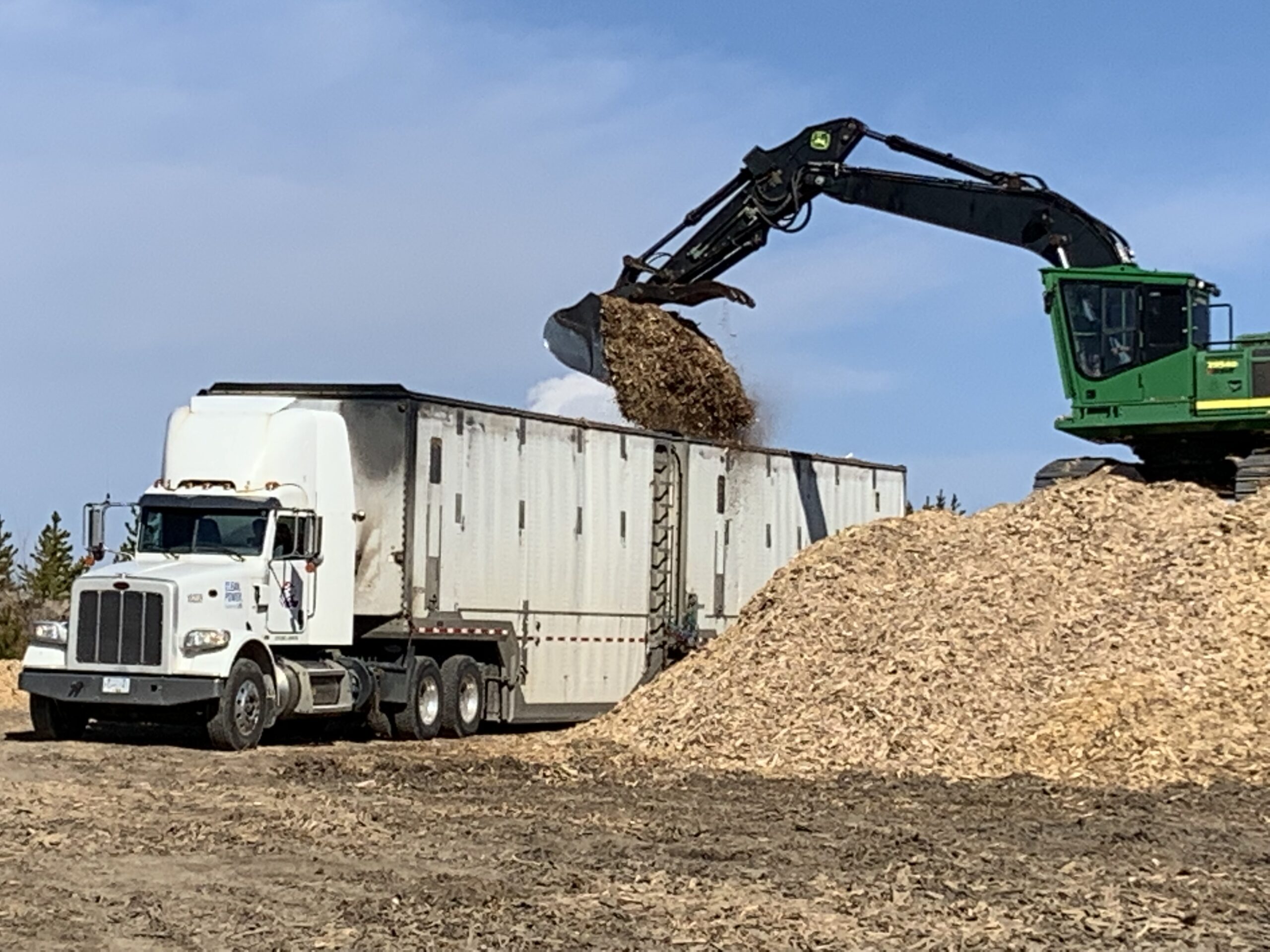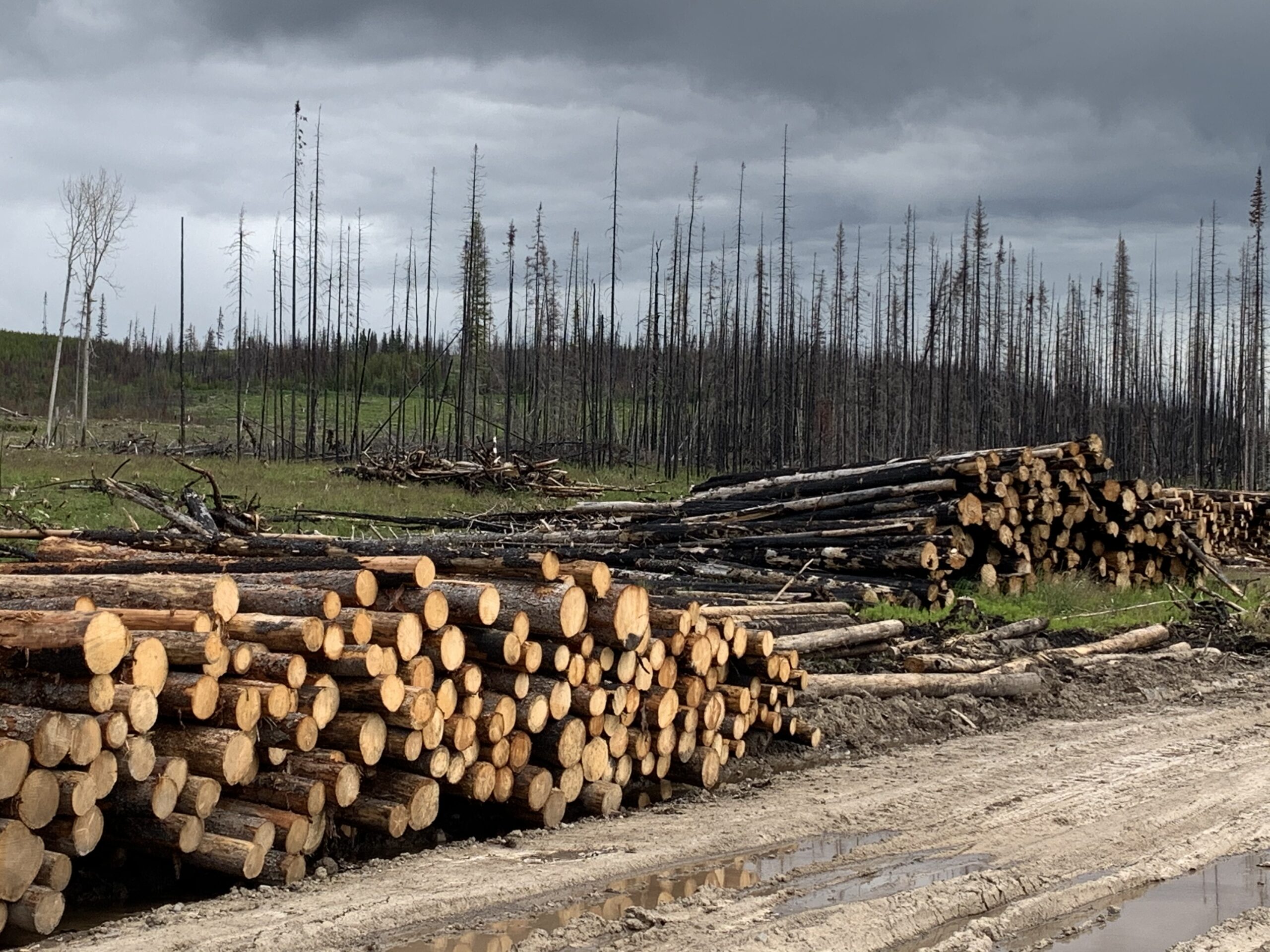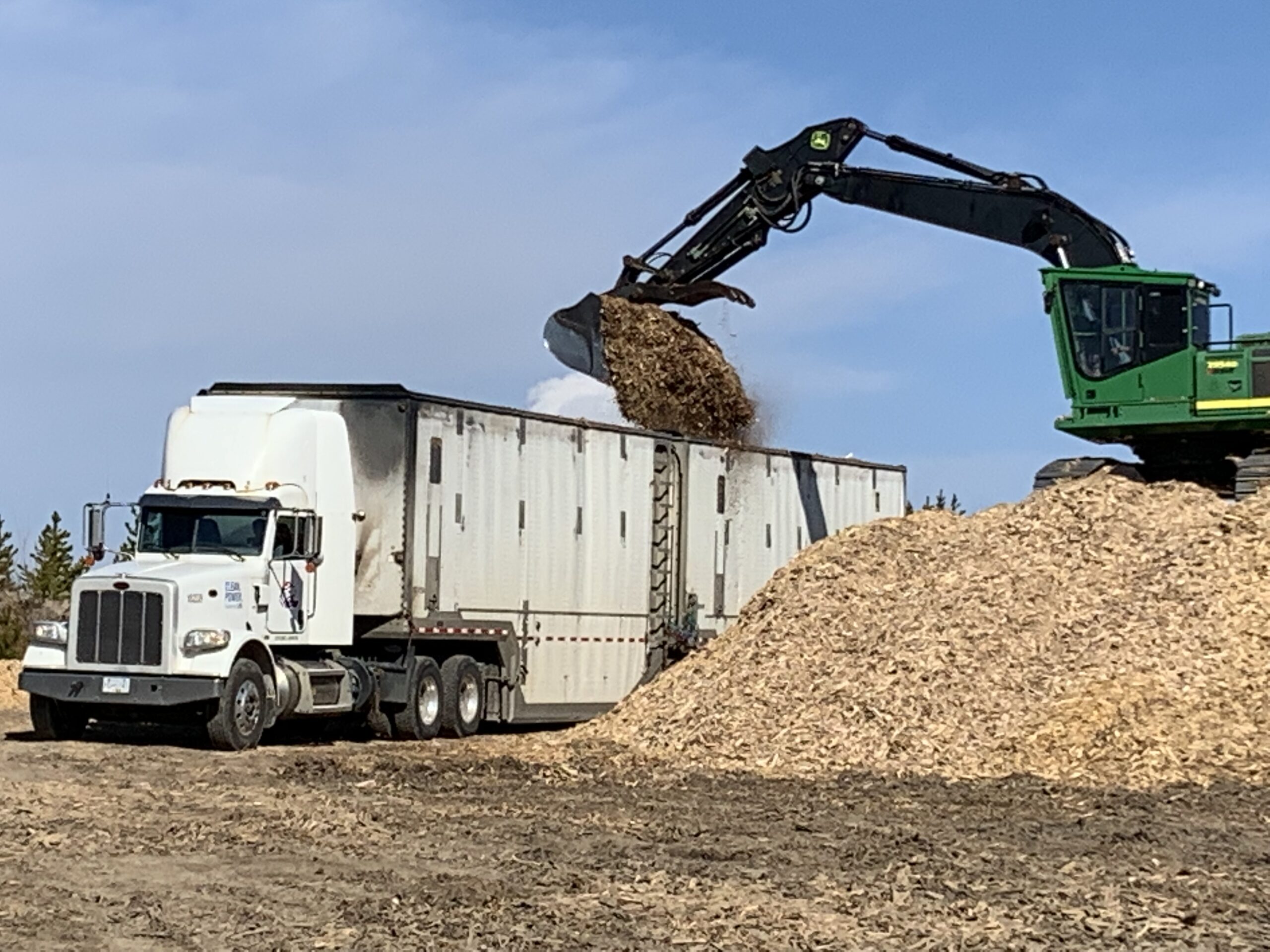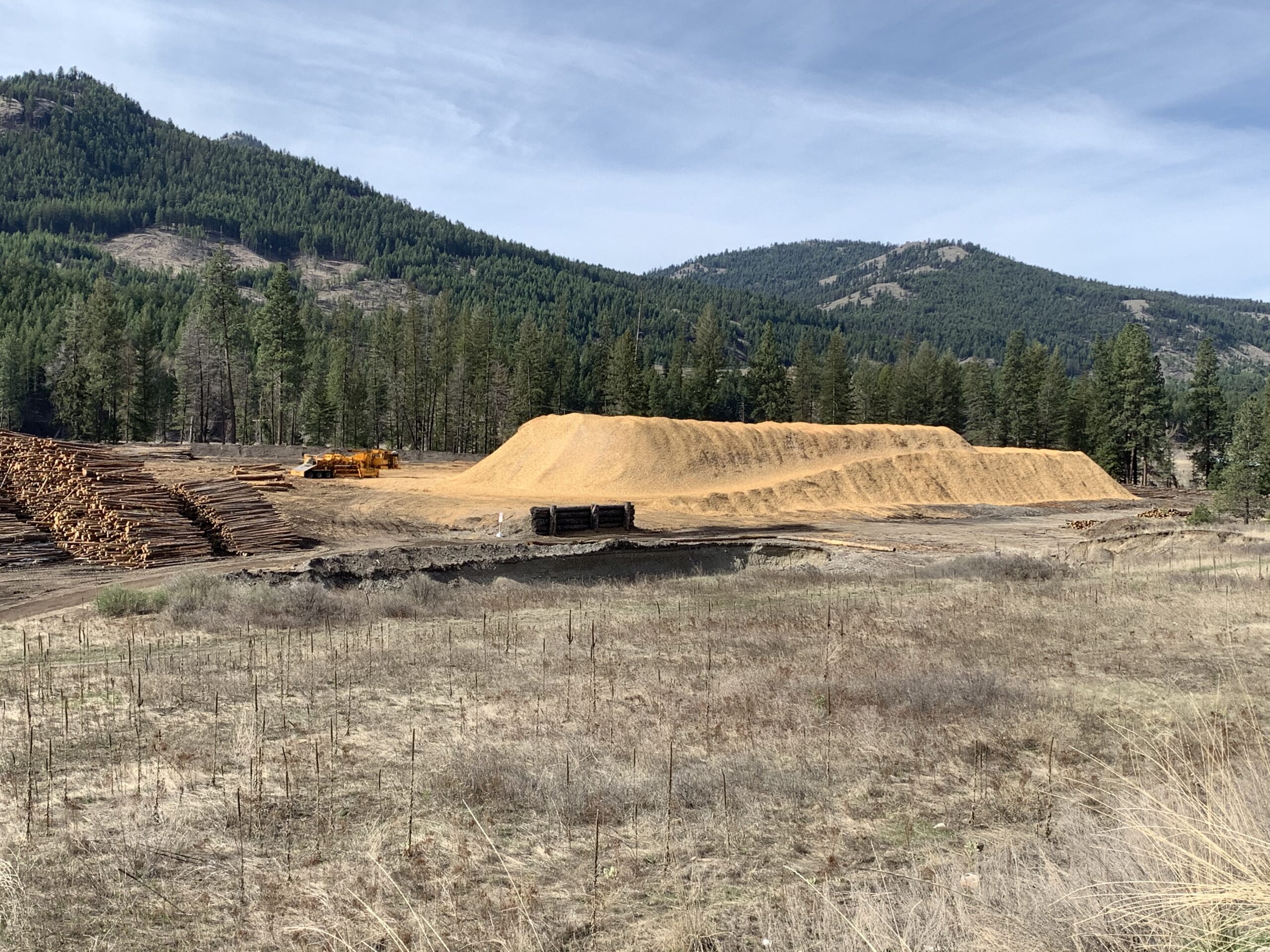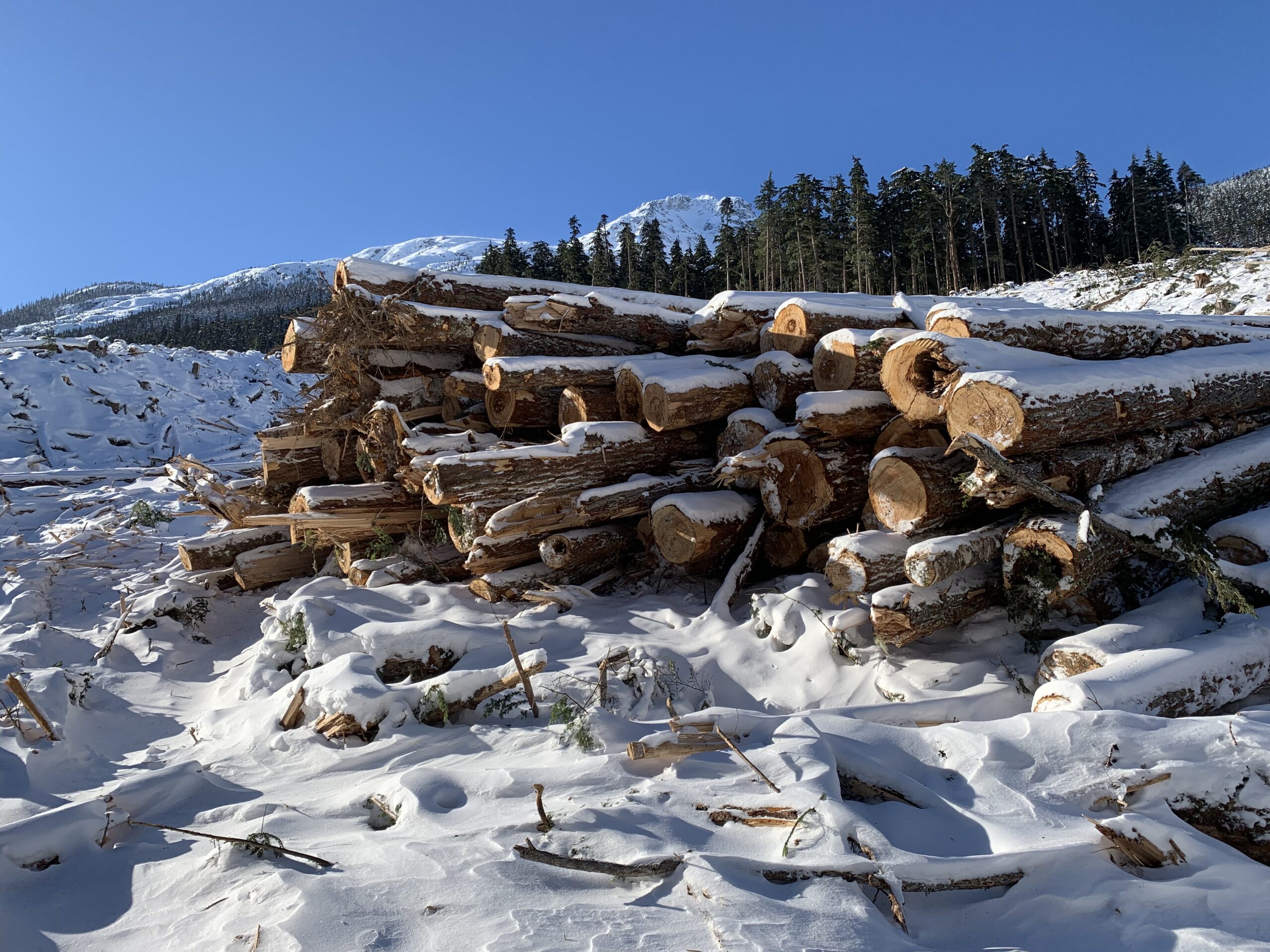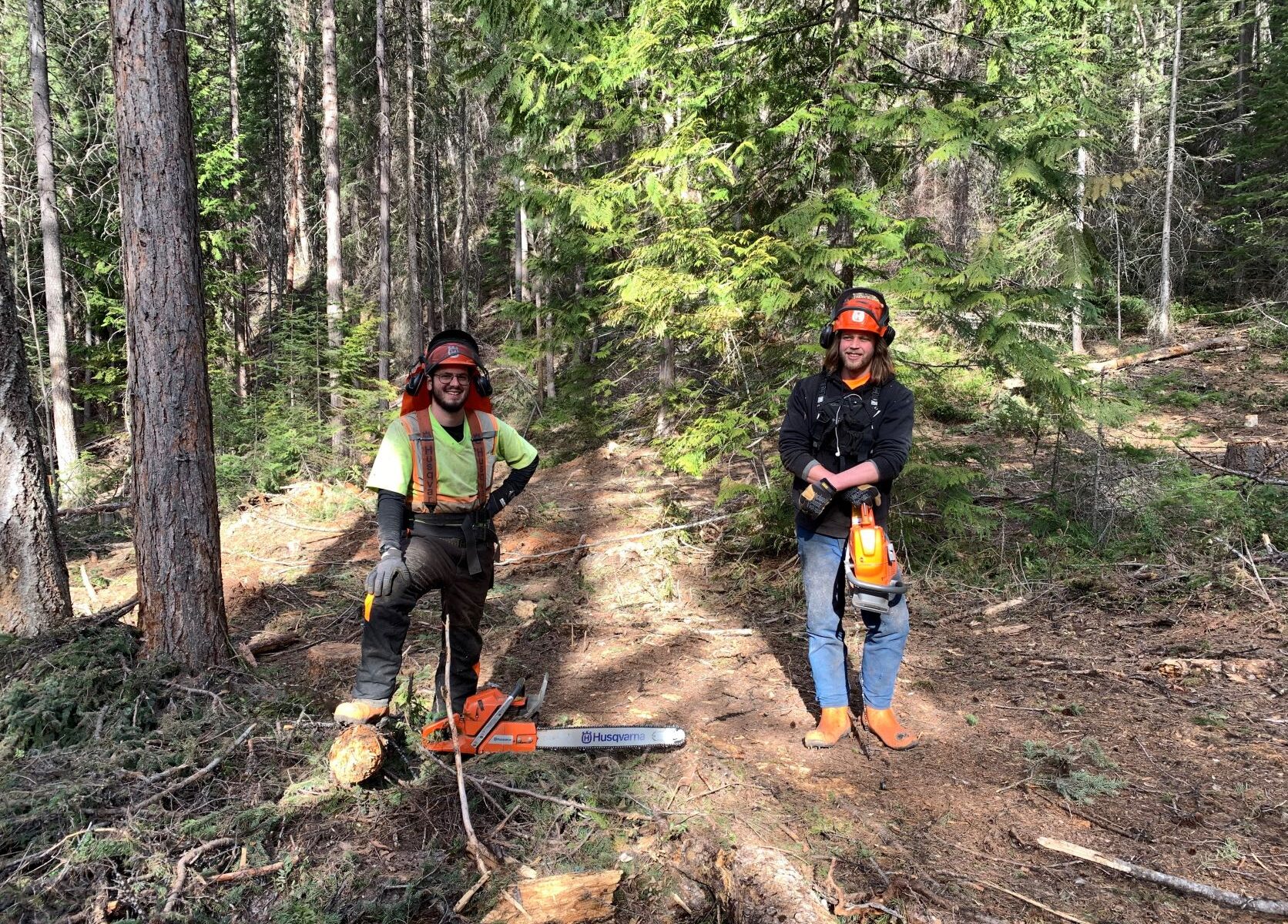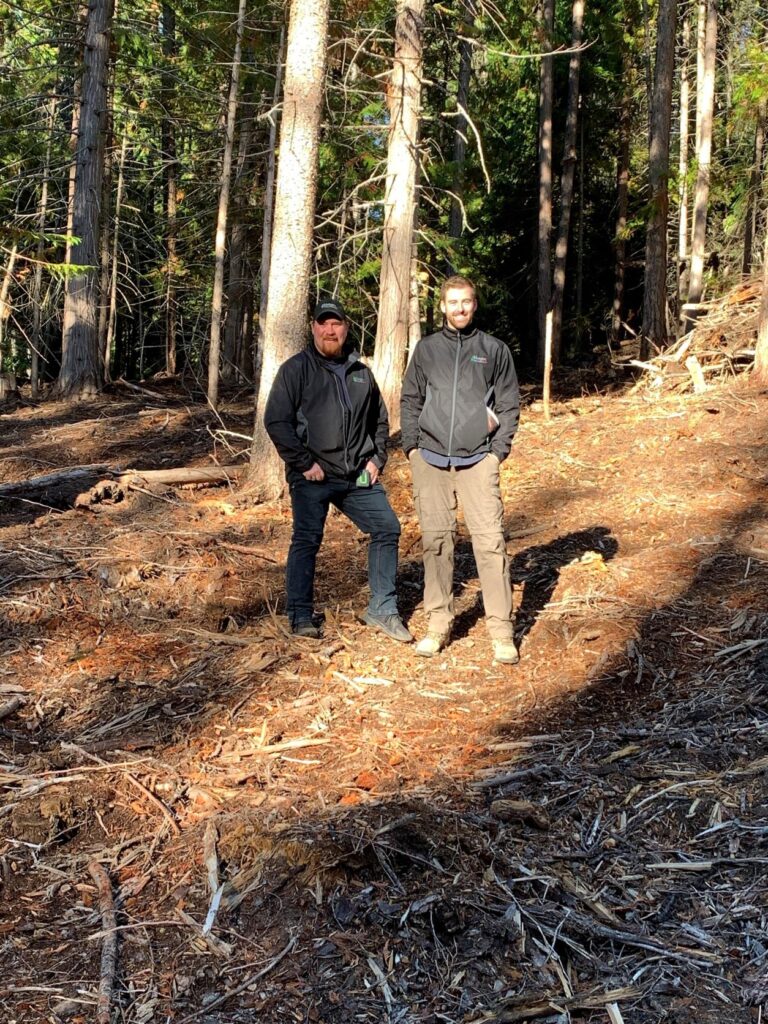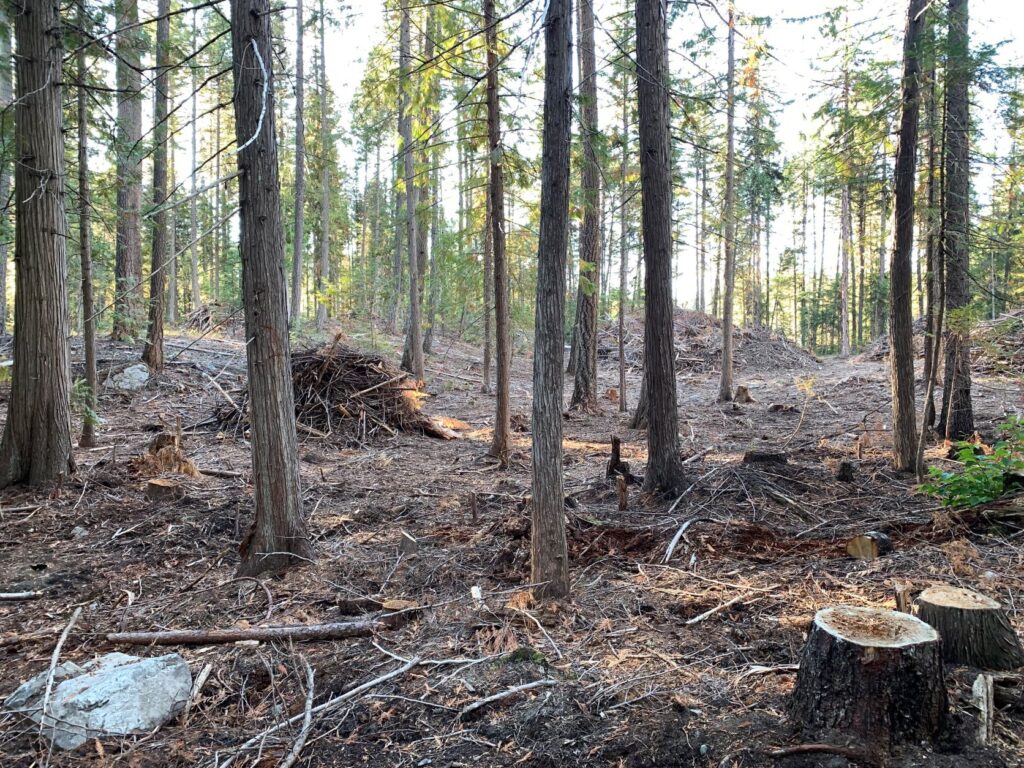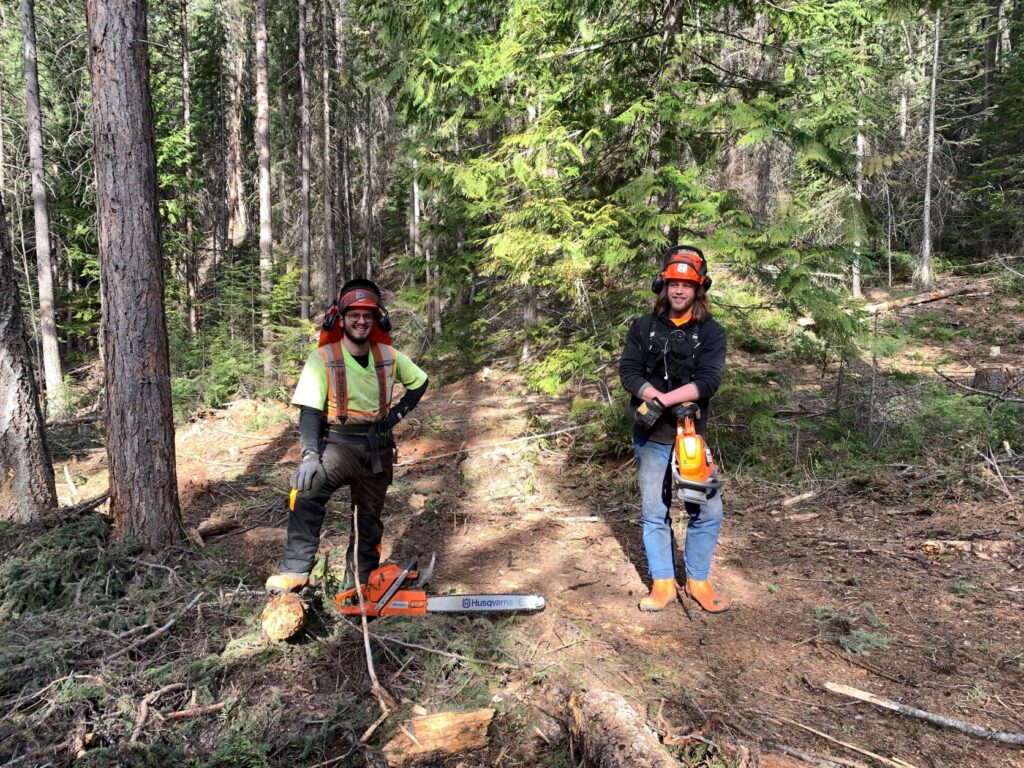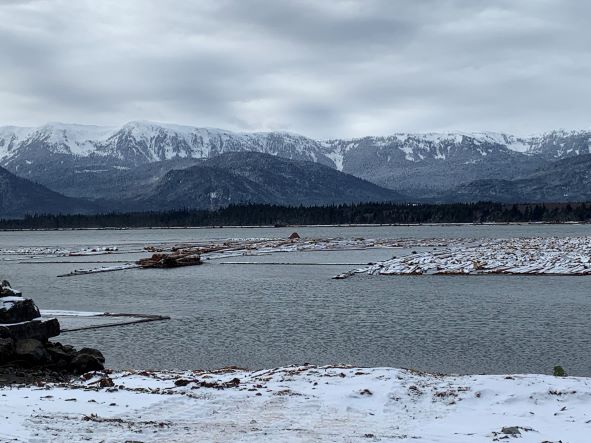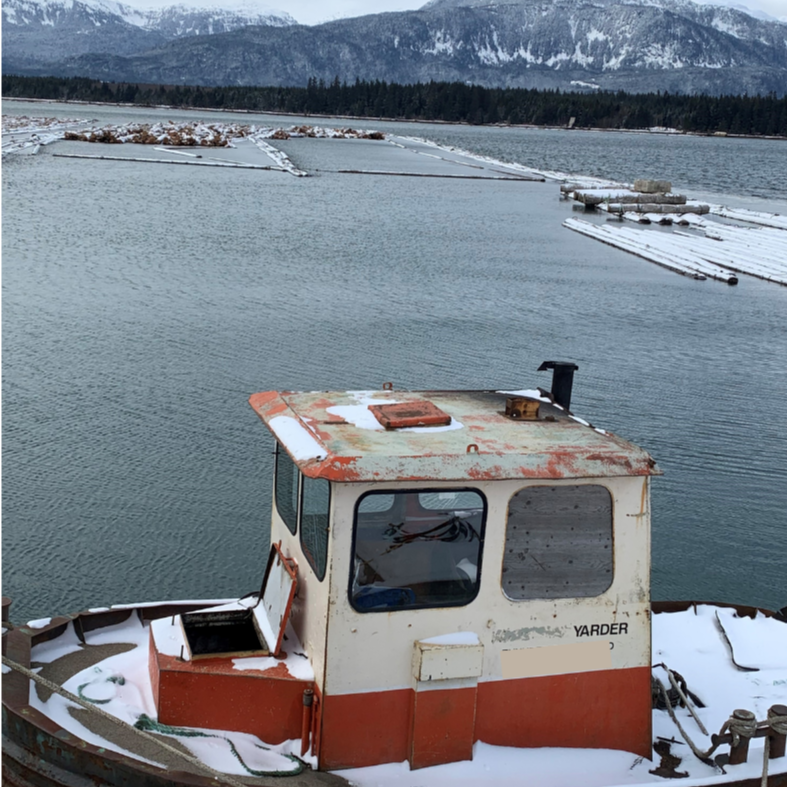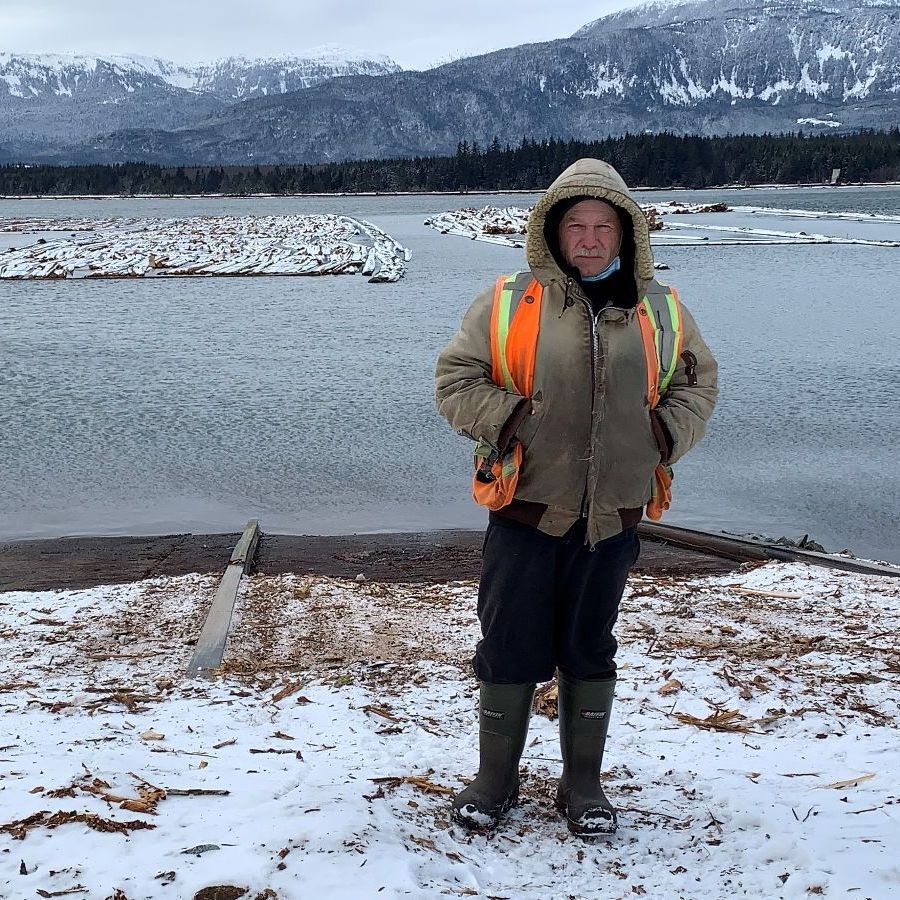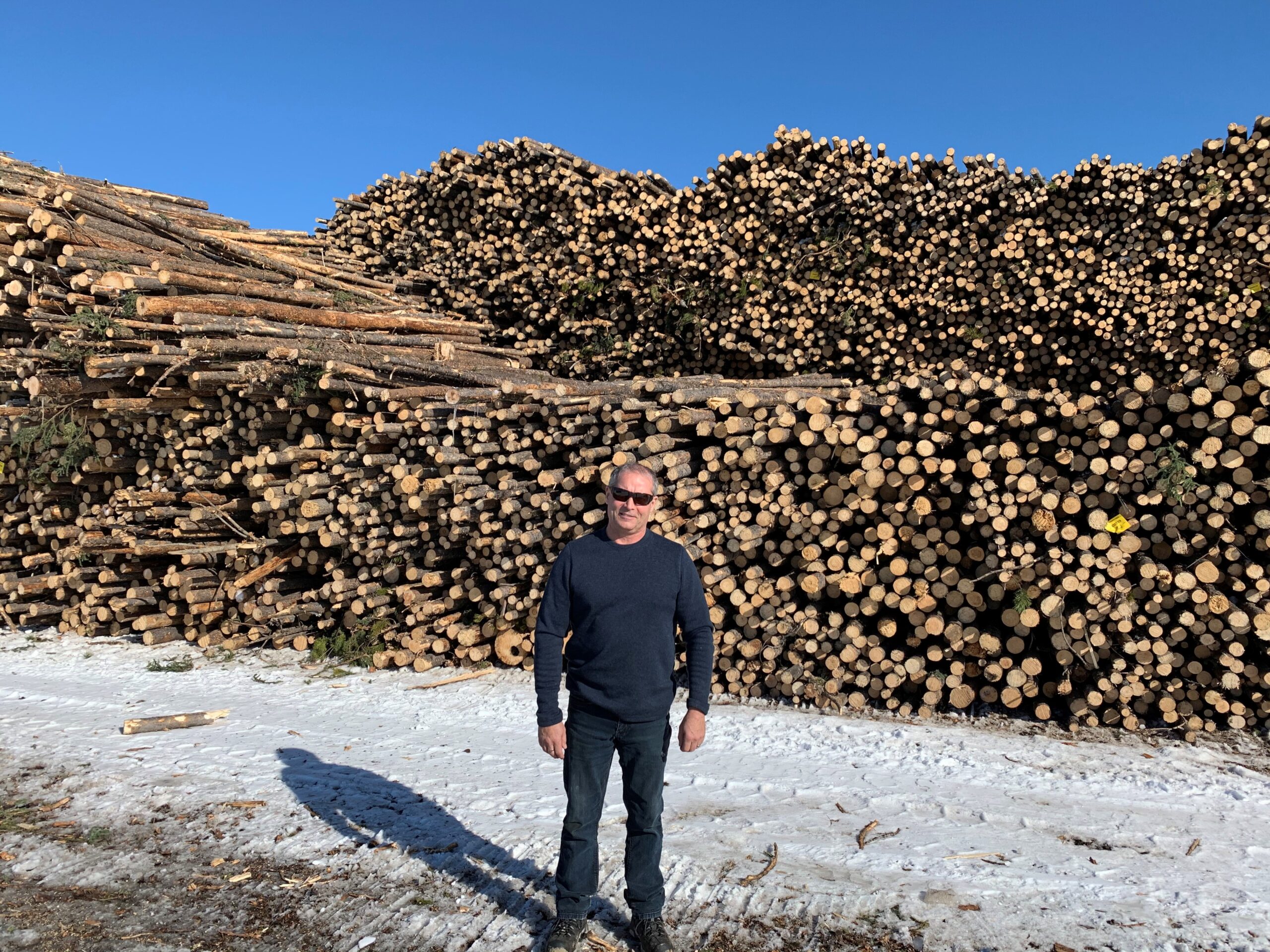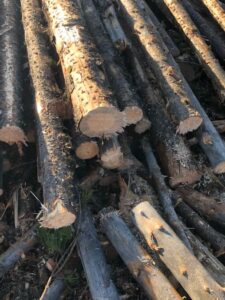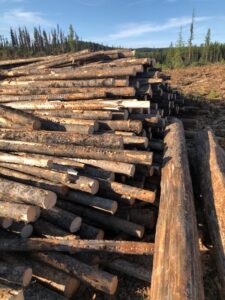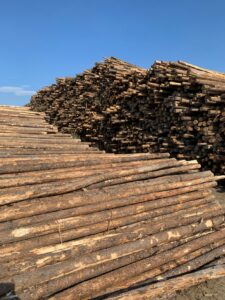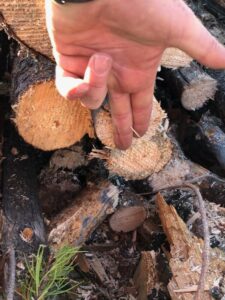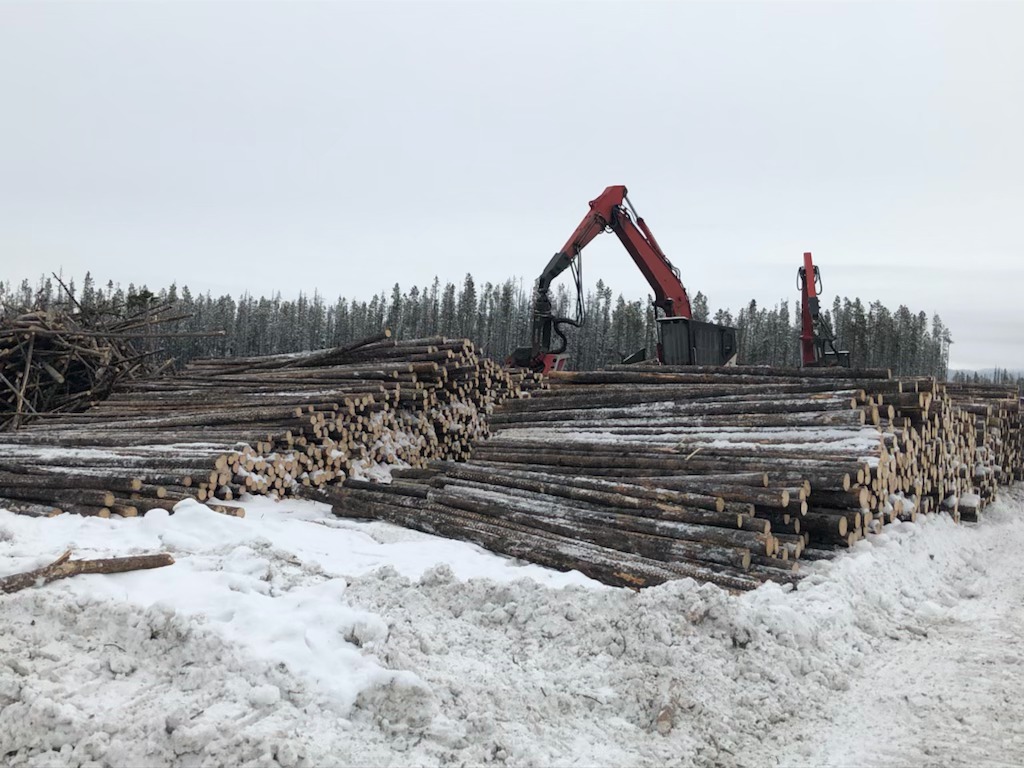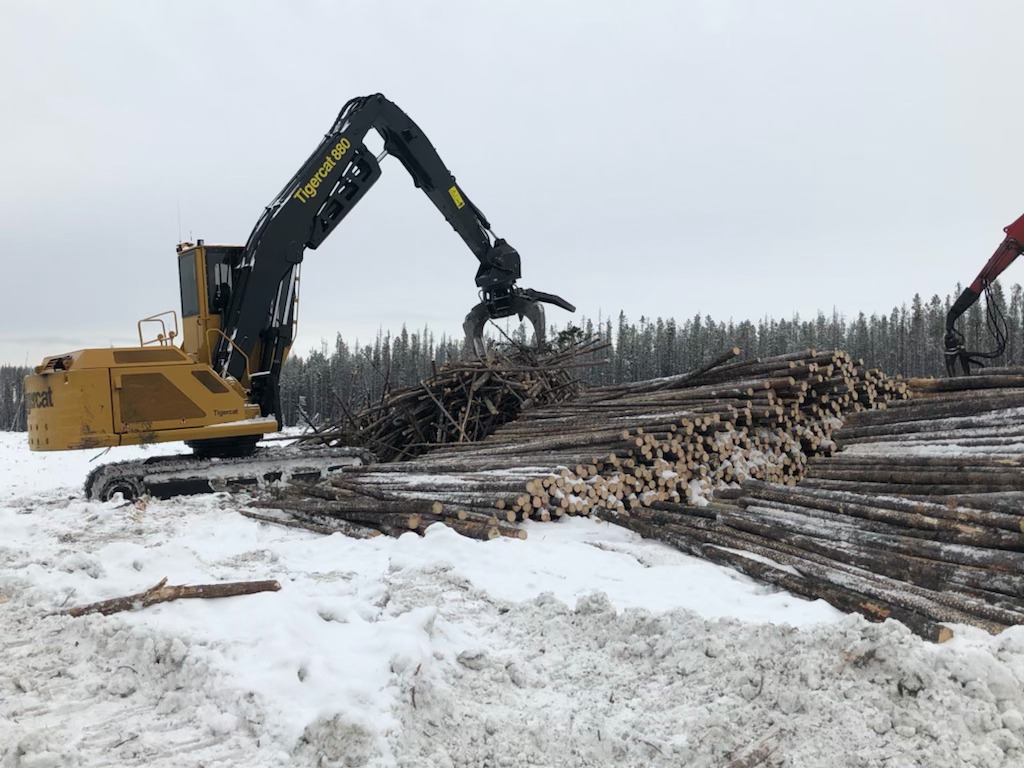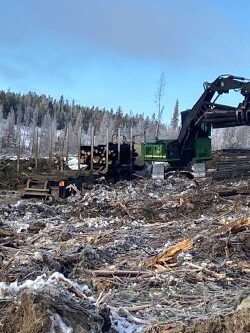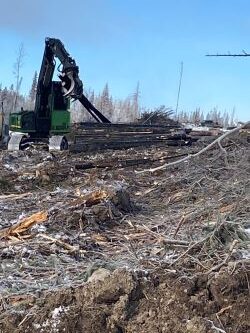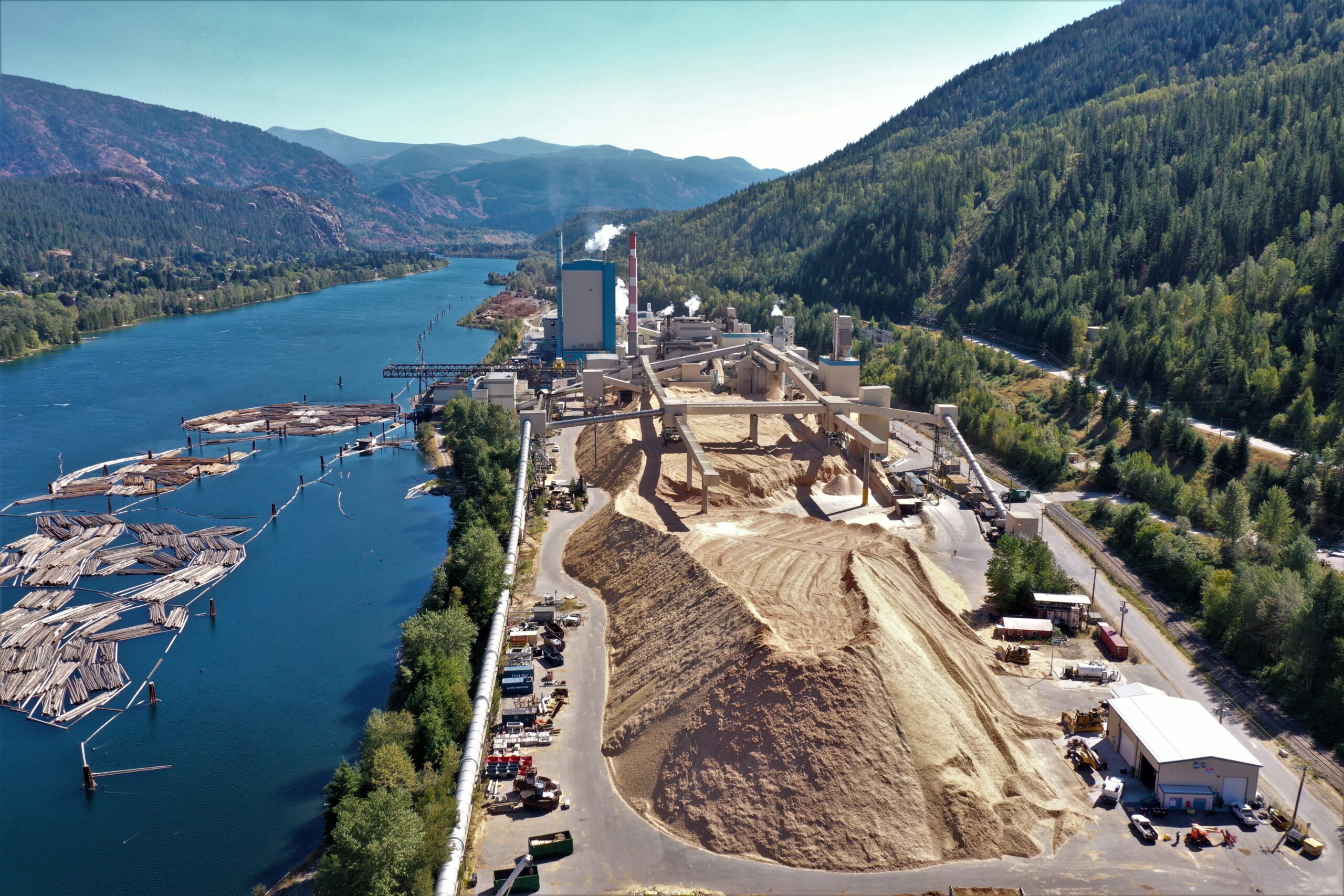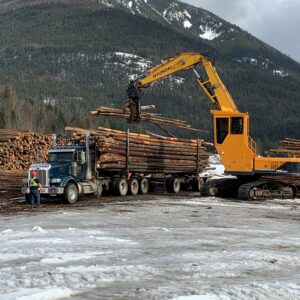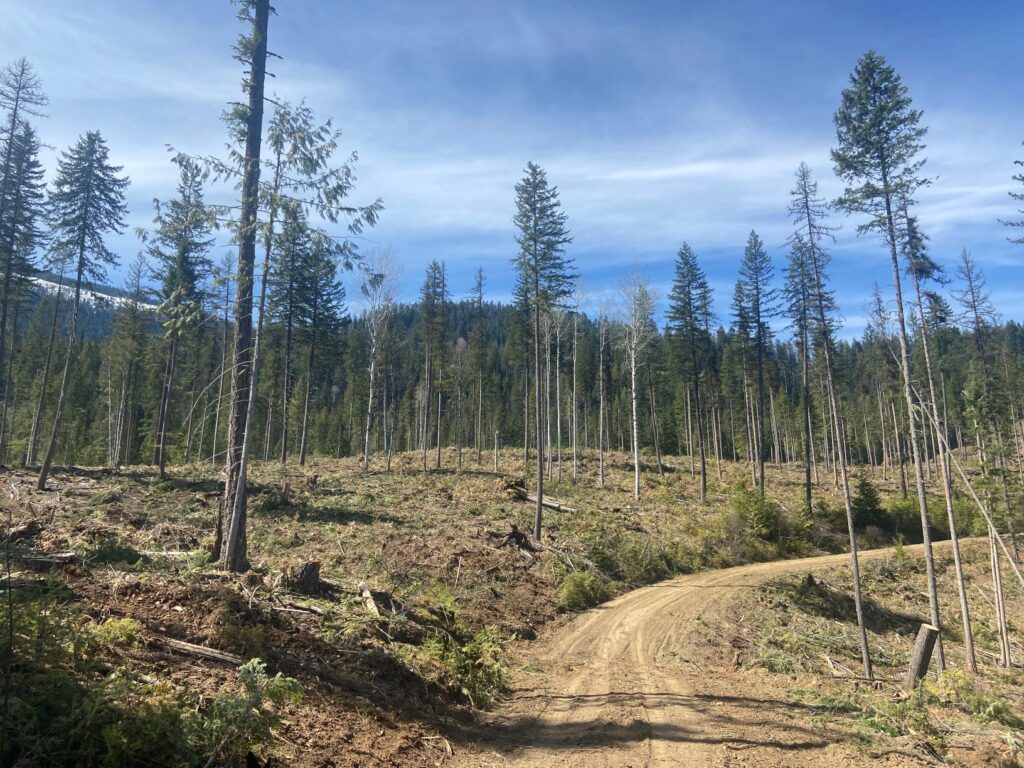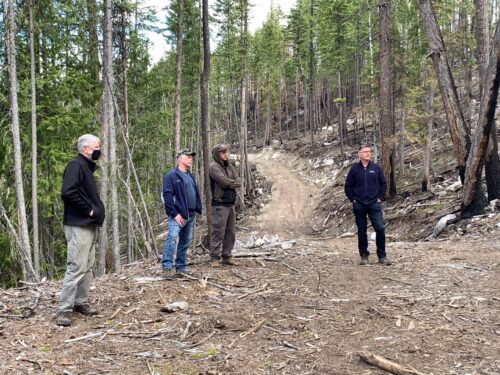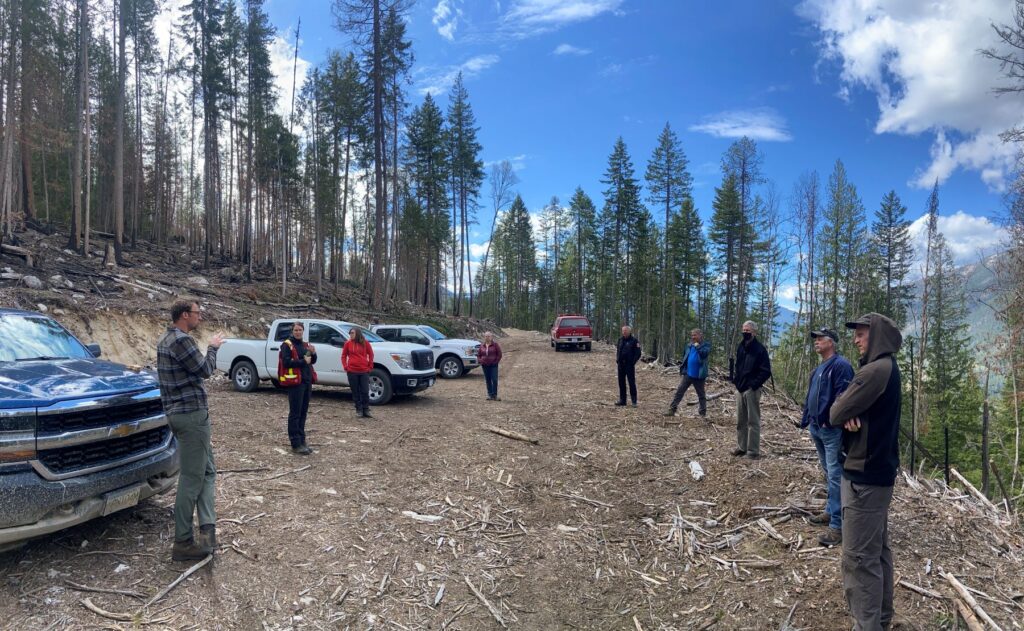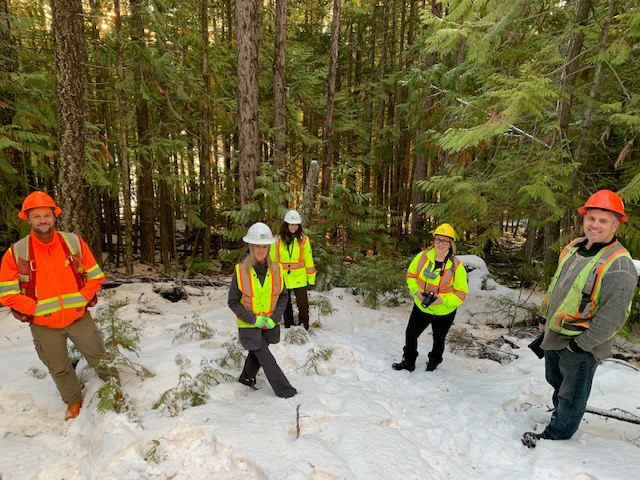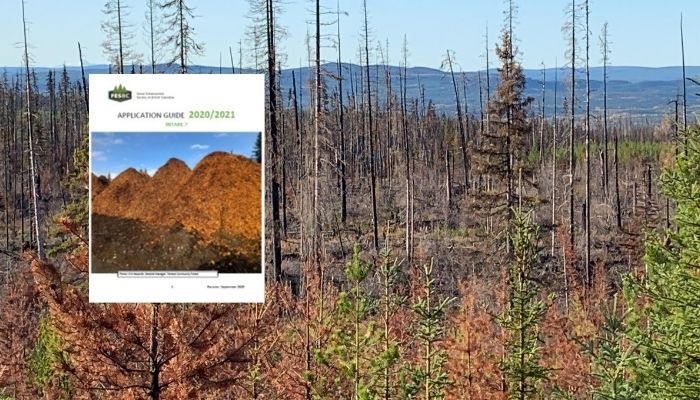FESBC Awarded $50M for Fibre Supply Boost, Wildfire Risk Mitigation, and Job Support – Funding Applications Now Being Accepted
British Columbia – The Government of BC is providing $50 million in new funding to the Forest Enhancement Society of BC (FESBC) to assist with the delivery of uneconomic forest fibre and to assist communities to reduce their wildfire risk. FESBC is now accepting funding applications.
“Receiving $50 million in funding from the Province of British Columbia is a significant boost for reducing smoke and greenhouse gas emissions, and will also better protect communities from the devastating impacts of extreme wildfires. This investment will also create and maintain jobs for workers, provide stability in communities, and accelerate Indigenous participation in the forest bioeconomy,” said Steve Kozuki, Executive Director, FESBC.
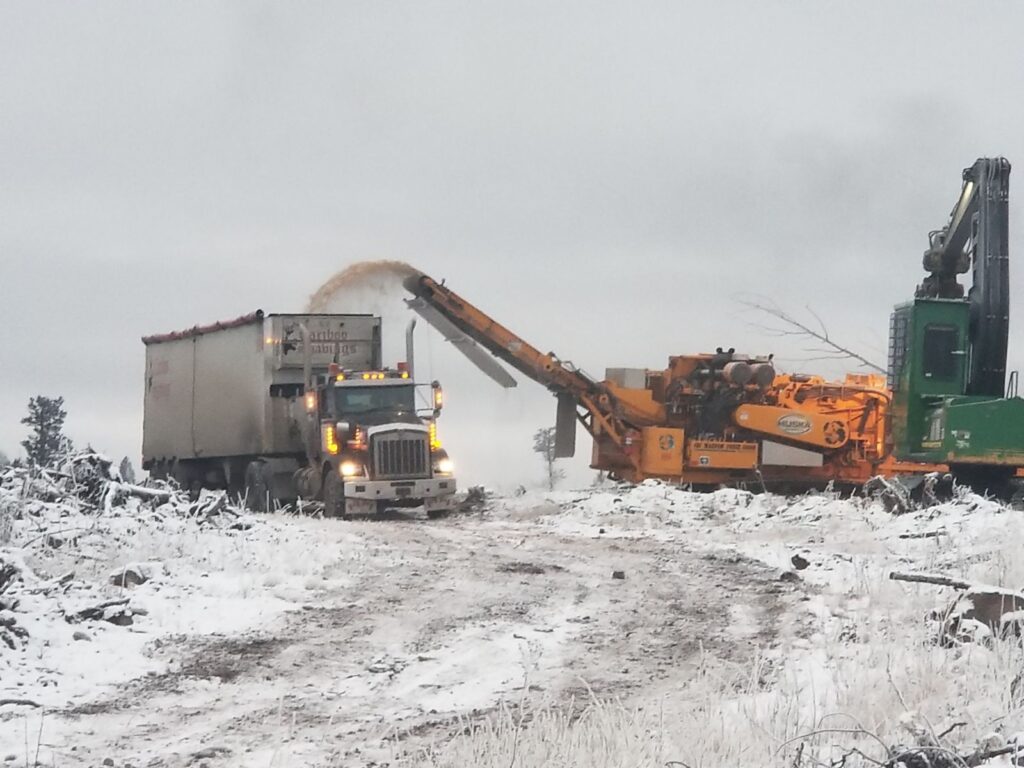
This year, the eligible parties for this funding opportunity are:
- First Nations (Bands, Treaty First Nations and Indigenous Governments with authority for lands and resources) in B.C.
- Companies and forest tenure holders owned by First Nation governments or Indigenous entrepreneurs.
- Small area-based tenures such as community forest agreement holders and woodlot licensees.
- Forest tenure holders, log suppliers, or purchasers of non-sawlog fibre that don’t own or control a primary forest product manufacturing facility.
- Ministry of Forests and other provincial agencies.
- Local governments such as Municipalities or Regional Districts.
A document with details on the application process, eligibility criteria and a step-by-step guide on the next steps is now available on the FESBC website, titled FESBC 2023-25 Fibre Utilization Funding Program Guide.
Similar to last year, FESBC will be hosting a virtual information session, aimed at guiding potential applicants on the application criteria and the necessary steps to successfully submit a proposal through the online portal.
Photo credit: Forest Enhancement Society of BC
Gord Pratt, Senior Manager, FESBC, emphasized the importance of hosting an information session, stating, “Our goal is to ensure that potential applicants have all the information they need to apply for funding and submit successful applications. Based on the success of our last year’s information session, we recognize the value of offering face-to-face interaction with potential proponents. This upcoming information session will allow us to offer guidance and address any inquiries applicants may have, ultimately increasing the likelihood of success for both, the project and the applicant.”
FESBC 2023 – 2025 Fibre Utilization Funding Program Information Session
When: April 18, 2023 at 9 a.m. (Pacific Time)
Where: Online, via Zoom
Register: to register for the information session, please visit: https://bit.ly/3m3WlFz
For those who cannot attend the information session, a recording will be available to view on FESBC’s website the following day or by contacting FESBC Communications Liaison, Aleece Laird, at communications@fesbc.ca.
Proponents seeking funds to implement Wildfire Risk Reduction (WRR) activities may still apply through FESIMS. Refer to the Forest Enhancement Society of BC (FESBC) 2022-23 Funding Program Application Guide for more information.
FESBC would like to gratefully acknowledge the financial support of the
Province of British Columbia through the Ministry of Forests.

